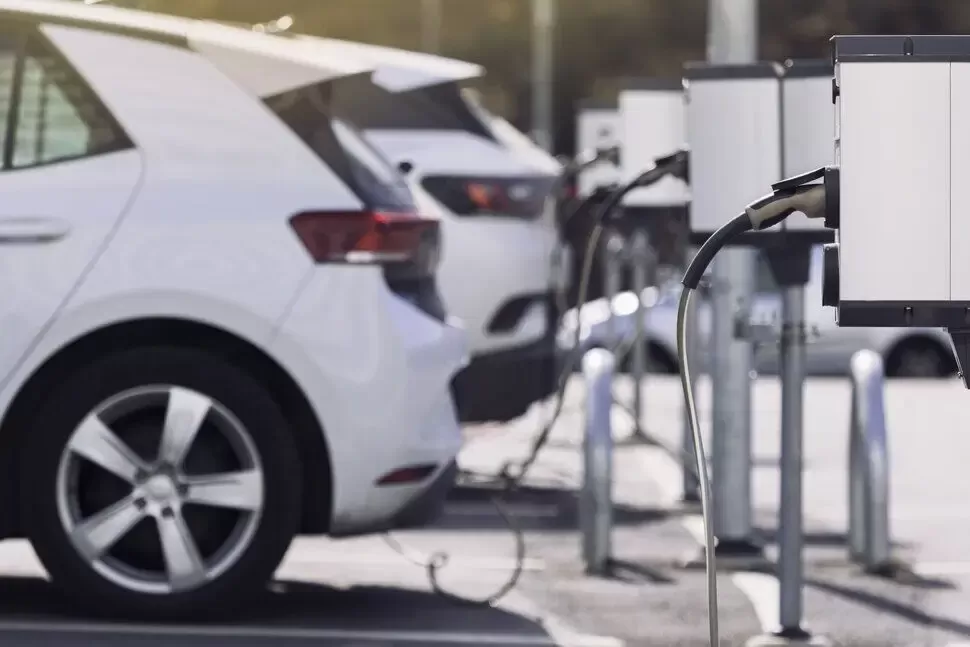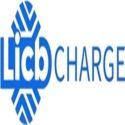Notifications

7 minutes, 48 seconds
-6 Views 0 Comments 0 Likes 0 Reviews

As a leading EV charger manufacturer in China, Topper Company provides dependable electric vehicle charging stations and comprehensive solutions.
At first glance, charging your electric vehicle (EV) might seem as simple as plugging it in and waiting. However, behind this straightforward process lies a series of practical considerations that can impact your overall charging experience. Factors such as the availability of charging stations, charging speed, connector compatibility, and payment methods all play a role in how seamless and convenient public EV charging truly is.
While home charging remains the most convenient and cost-effective method for many EV owners, it’s not always an option—especially for those living in apartments or urban areas without dedicated parking. Public charging stations thus serve as an essential resource, offering reliable recharging options on the go, particularly during long trips or busy commutes.
In this article, we explore how public EV charging works, what you can expect at charging stations, and practical tips for making the most of your charging stops.
As electric vehicle adoption accelerates worldwide, expanding public charging infrastructure has become a priority for governments, automakers, and utilities alike. Today’s public charging stations are strategically placed in urban centers, shopping malls, office complexes, parking garages, and along major highways. This ensures that EV drivers have convenient and reliable access to power wherever they travel.
This growing network helps combat “range anxiety”—the fear of running out of battery before reaching a charger—and supports drivers who cannot install home charging equipment.
1. Locate the Charging Cable
Upon arrival, first locate the charging cable. Many DC fast chargers and Level 2 public chargers have cables permanently attached. However, in some regions—particularly Europe—chargers may require you to use your own portable cable. Ensure you have the correct cable type for your vehicle: Type 1 (SAE J1772), Type 2 (Mennekes), or fast-charging connectors like CCS or CHAdeMO.
2. Connect the Cable to Your Vehicle
Plug the cable securely into your EV’s charging port. This port is usually where a fuel cap would be on traditional cars but may sometimes be located under the front badge or near the grille. Many EVs provide audio or visual confirmation when the connection is secure.
3. Authenticate and Start Charging
Most public stations require authentication to start charging and link the session to your account for billing. Common authentication methods include:
RFID keycards or fobs
Mobile apps (ChargePoint, EVgo, Electrify America, etc.)
QR code scanning
Contactless credit/debit card or mobile wallet payments
Once authenticated, charging will begin automatically. You can usually monitor progress, cost, and estimated charging time via the station’s screen or mobile app.
| Charging Level | Power Source | Charging Speed | Ideal Use Case | Notes |
|---|---|---|---|---|
| Level 1 | Standard 120V outlet | 3–5 miles of range per hour | Emergency charging or overnight top-ups at home | Very slow; not practical for daily use |
| Level 2 | 240V home charger or public | 20–25 miles of range per hour | Daily home charging, workplaces, public lots | Good balance of speed and accessibility |
| DC Fast Charging | High-powered commercial | 100–250+ miles in 30 minutes | Long-distance travel, highway corridors | Fastest charging; vehicle compatibility required |
Level 1 charging simply requires a standard household outlet and no special equipment but is very slow. Level 2 chargers are commonly installed at homes and public locations, offering overnight recharge times. DC Fast Chargers, or Level 3, deliver rapid charging using high-voltage direct current, ideal for quick stops on long trips but not supported by all EV models.
Use Charging Apps to Plan Ahead
Mobile apps like PlugShare, ChargeHub, and A Better Routeplanner provide real-time charger locations, availability, user reviews, pricing, and charging speeds.
Know Your Vehicle’s Charging Limits
Your EV’s onboard charger limits the maximum charging rate. For example, a car capped at 50 kW won’t charge any faster at a 150 kW station.
Observe Charging Etiquette
Public chargers are shared resources. Always:
Move your car promptly after charging
Avoid unplugging others’ vehicles
Don’t occupy fast chargers longer than necessary
Understand Pricing Structures
Charging costs vary widely, including per kWh, per minute, flat session fees, and possible idle penalties if your car remains plugged in after charging.
Advantages:
Enables long trips and daily use for those without home charging
Supports broader EV adoption and sustainability goals
Conveniently located at popular public venues and highways
Challenges:
Charger availability and maintenance can be inconsistent
Diverse payment systems and pricing can be confusing
Fast charger access may be limited in rural areas
Possible wait times during busy periods
With increasing investments, the future looks promising. Innovations on the horizon include:
Ultra-fast chargers delivering 300+ kW
Wireless charging pads integrated into parking areas
Battery swap stations for instant recharging
Solar-powered off-grid charging stations
Advances in battery and charging technology will make EV ownership even more accessible and convenient.
Public charging stations are vital to the growing EV ecosystem, offering flexibility, convenience, and peace of mind for drivers everywhere. By understanding how to navigate public chargers, the differences between charging levels, and how to plan your stops, you can enjoy worry-free driving—whether commuting locally or embarking on a cross-country adventure.
As charging infrastructure and technology continue to improve, powering your EV in public will become ever more seamless, supporting a cleaner and more sustainable future.Know more about Google SEO Directory
China EV Chargers EV Charger Manufacturer EV Charging Solutions
Understanding Public Electric Vehicle Chargin... 0 0 0 1 3
3 photos

